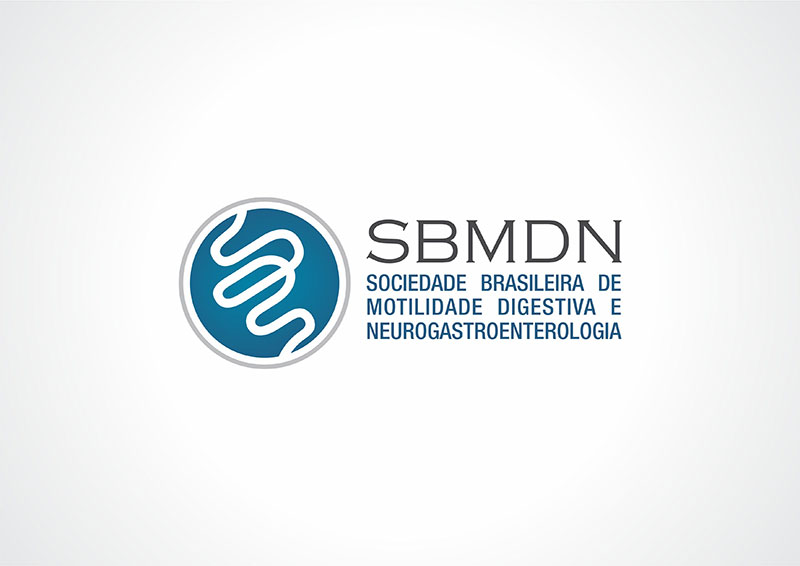Alterações de humor e ansiedade precedem o desenvolvimento de perturbações funcionais em pacientes, mas não na população em geral.
Os resultados da análise crítica de estudos sobre a relação de enfermidades funcionais gastrintestinais e os estados de humor/ansiedade, mostraram que as alterações de humor/ansiedade costumam ser diagnosticadas previamente mais de 3 anos antes do estabelecimento diagnóstico das alterações funcionais gastrintestinais, oferecendo desse modo, oportunidade ao clínico para a prevenção das mesmas.
Autor: Joaquim Prado P. Moraes Filho (SP )
Jones MP, Tack J, Van Oudenhove L, Walker MM, Holtmann G, Koloski NA, Talley NJ.
Clin Gastroenterol Hepatol. 2017 Jul;15(7):1014-1020.e4. doi: 10.1016/j.cgh.2016.12.032.
Mood and Anxiety Disorders Precede Development of Functional Gastrointestinal Disorders in Patients but Not in the Population
Background & Aims
Understanding the interactions between brain and gastrointestinal disorders requires analysis of the order of disease onset. We analyzed data from 2 independent studies to determine the proportion of individuals with diagnoses of functional gastrointestinal disorders (FGIDs) before diagnoses of mood or anxiety disorders (gut to brain), and vice versa (brain to gut).
Methods
We collected data from a retrospective study of 4966 patients diagnosed with a FGID (irritable bowel syndrome, dyspepsia, or constipation) and mood or anxiety disorder at general practices in the United Kingdom (health care seekers) over an average period of 13.1 years; we recorded which diagnosis appeared first and compared these with patients’ sex and socioeconomic factors. We also collected data from a population study of 1002 randomly selected individuals in Australia (non–heath care seekers) followed from 1997 through 2009; we determined whether subjects were free of either FGID or an anxiety or mood disorder at baseline but developed either one after a 12-year follow-up period.
Results
Among the 4966 health care seekers, 3279 patients were diagnosed with a mood or anxiety disorder before an FGID (ratio of 2:1). This ratio increased with socioeconomic disadvantage. The time period between diagnosis of mood or anxiety disorder and FGID was longer (median, 3.5 years) than time period between diagnosis of an FGID and a mood or anxiety disorder (median, 1.8 years). Among non–heath care seekers (population study), equal proportions were diagnosed with a mood or anxiety disorder before versus after an FGID.
Conclusions
In an analysis of data from a study of patients and a population-based study of individuals with these diagnoses, we found 2-fold more patients to receive a diagnosis of a mood or anxiety disorder before an FGID, but equal proportions of individuals in the population to be diagnosed with the mood or anxiety disorder before versus after an FGID. Among patients, the mood or anxiety disorder was on average diagnosed more than 3 years before the FGID, offering opportunity for prevention. Our findings support a role for adverse socioeconomic factors in development of FGIDs in patients with psychological disorders.





